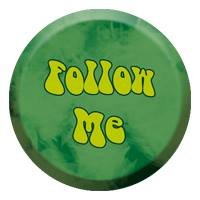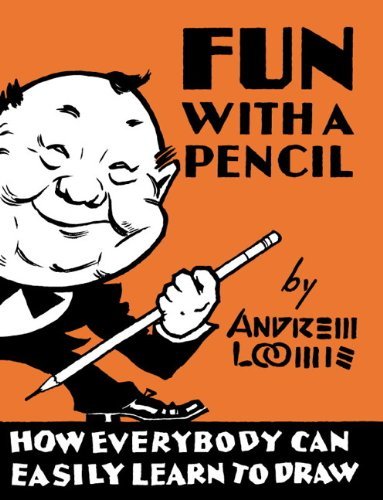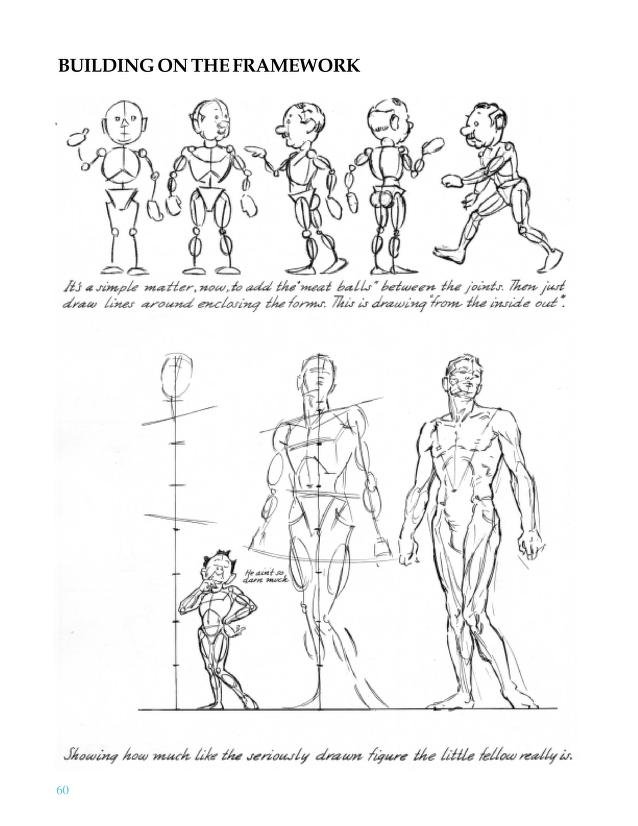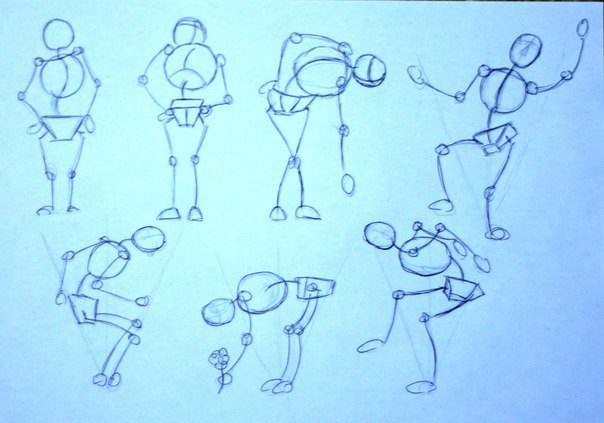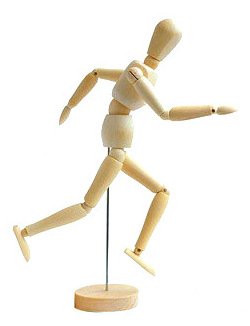Building body proportions in quick sketches (some clues for beginner artists)
If you’re already used to do 50 sketches every day - it's good, but it can be even better if you’ll add to it some understanding of what you're doing.
My post about daily sketching can be found here:
https://steemit.com/art/@inber/useful-links-and-everyday-practices-for-artists-quick-poses-sketching
I was greatly helped in this by two things: a wooden mannequin from an artistic store and Andrew Loomis book ‘”Fun with a pencil”.
For a long time I’ve been looking for a “correct” author, someone who can make everything clear to me. And I’ve found Loomis. So far I have not found anywhere else so logical and simple explanations of building shapes, calculate proportions, perspective and basically everything you might need for independent study drawing at first. The second part of the book "Fun with a pencil" is devoted directly to the human body.
You can start with the "cane man." The ball for the head, rest in the lines: the spine (curve, but straight when viewed from the front), shoulders and hips, plus the sticks for legs and arms, broken into two parts. In a second step we add a circle for the chest and the inverted truncated pyramid for the hips (if the figure is female - no need to flip). The third phase of construction of the figure is very similar in nature to the modeling of primitives in 3D max.
You just need to increase the volume of muscles, add a neck.When the main frame is ready, add items. By changing the position and the slope of the central axis you can obtain any posture. First, try just drawing these men in different positions, and you will catch the principle, and then apply this technique to your daily fifty sketches.
With this approach to the formation of a figure, you’ll start noticing some miracles happening: suddenly you can reach volume easily, the spine itself is in its place, any poses are easy to construct, and more - reduced processing time sketch (yes, a man requires less than a minute to draw). A few words on the wooden dummy that bears the proud name of "hinge human model." From there I started acquainted with the proportions, but its functionality quickly came to naught (now it simply decorates my shelf with art materials, I use it rare). The reason is that unlike to the real human body wooden idol is severely limited in his movements. He can't push the legs to the sides (at least the one I have).
So… In conclusion, I really highly recommend you to read Loomis, if you have problems with figure construction or not. The book is easy to find online, studying it, you get a lot of fun, and as well reach a new level for your pencil / pen / liner / coal (underline).
“Fun with pencil” is not his only book, by the way. There are at least four more, and all of them are useful and very simple to read and to work with. In a few days (or may be next week, as I'll have time) I'll write a review about some of Lumises books.
